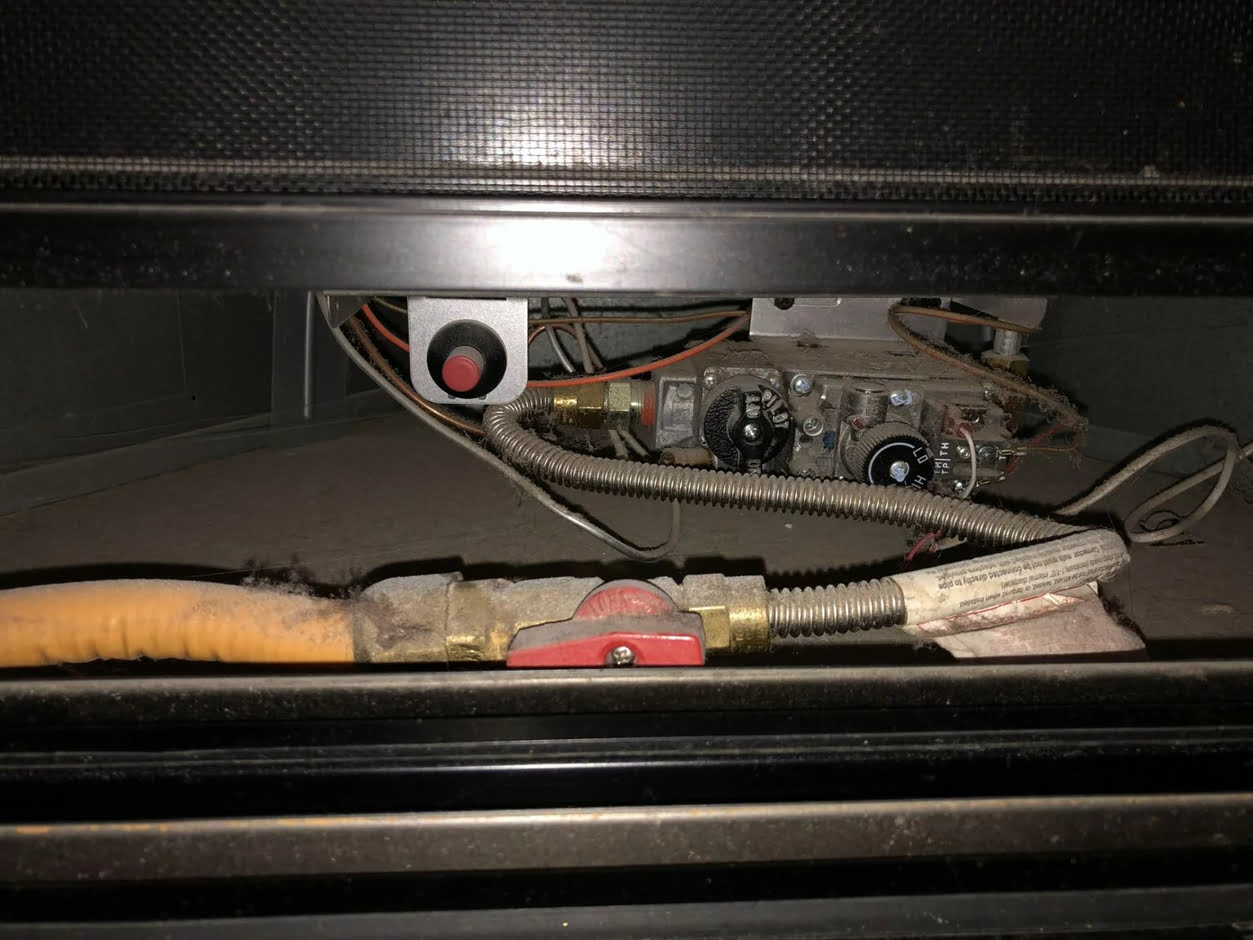

Articles
How To Clean A Pilot Light On Gas Fireplace
Modified: May 6, 2024
Learn how to clean a pilot light on a gas fireplace with these helpful articles. Ensure efficient and safe operation to keep your home warm and cozy.
(Many of the links in this article redirect to a specific reviewed product. Your purchase of these products through affiliate links helps to generate commission for Storables.com, at no extra cost. Learn more)
Introduction
Gas fireplaces are a popular choice for homeowners due to their convenience and warmth. These fireplaces provide a cozy and atmospheric ambiance without the hassle of wood and ash cleanup. One crucial component of a gas fireplace is the pilot light, which ignites the main burner and keeps it lit.
Over time, the pilot light can accumulate dust, debris, and other pollutants, causing it to malfunction or produce a weak flame. This can lead to inefficient heating and potential safety hazards. Regular cleaning of the pilot light is essential to ensure optimal performance and a safe fireplace environment.
In this article, we will provide you with a comprehensive guide on how to clean a pilot light on a gas fireplace. We will explain the importance of maintaining a clean pilot light, the tools and materials you will need, and provide a step-by-step process to safely and effectively clean the pilot light. Additionally, we will share some tips on how to maintain a clean pilot light for extended periods.
By following the steps outlined in this article, you will be able to confidently clean the pilot light of your gas fireplace, ensuring a steady and efficient flame that will keep your home warm and cozy during those chilly winter nights.
Key Takeaways:
- Regularly cleaning the pilot light on your gas fireplace is crucial for ensuring proper ignition, restoring efficiency, preventing safety hazards, extending the lifespan, and reducing maintenance costs.
- Prioritize safety by turning off the gas, wearing protective gear, and following the manufacturer’s guidelines. Maintain a clean pilot light through regular inspection, professional maintenance, and protection against drafts.
Read more: How To Light A Pilot On Gas Fireplace
Overview of a Gas Fireplace Pilot Light
A gas fireplace pilot light is a small, constantly burning flame that ignites the main burner of the fireplace. It serves as a continuous source of ignition for the gas flow, allowing the fireplace to quickly light up and provide heat. The pilot light is typically located near the bottom of the fireplace, accessible through a small opening or panel.
The pilot light is an integral part of the gas fireplace system and plays a crucial role in its operation. When the fireplace is not in use, the pilot light remains lit, ready to ignite the main burner when needed. This means that as long as the pilot light is functioning correctly, you can easily start the fireplace with a flick of a switch or the push of a button.
Gas fireplace pilot lights are usually fueled by natural gas, propane, or in some cases, a mix of both. The flame is controlled by a thermocouple or a thermopile, which monitors the temperature and confirms that the pilot light is lit. If the pilot light goes out, the thermocouple or thermopile will shut off the gas supply to prevent any potential safety hazards.
Modern gas fireplaces often come with electronic ignition systems that eliminate the need for a continuously burning pilot light. Instead, these systems use an electronic spark or a hot surface igniter to ignite the main burner directly when the fireplace is turned on.
Understanding the basics of a gas fireplace pilot light is essential for proper maintenance and troubleshooting. Now that we have a better understanding of what a pilot light is and its role in the gas fireplace, let us explore the reasons why cleaning the pilot light is necessary.
Reasons for Cleaning the Pilot Light
Cleaning the pilot light on your gas fireplace is vital for several reasons. Let’s explore why regular maintenance and cleaning of the pilot light are essential:
1. Ensuring Proper Ignition: Over time, the pilot light can accumulate dirt, dust, and other debris. This buildup can block the flow of gas or obstruct the ignition process. A dirty pilot light may result in a weak or erratic flame, or even prevent it from lighting altogether. By cleaning the pilot light, you can ensure that it ignites properly and consistently.
2. Restoring Efficiency: A dirty pilot light can affect the overall efficiency of your gas fireplace. The clogged burner orifice can restrict the flow of gas, leading to incomplete combustion. This inefficient combustion can reduce the heat output of your fireplace, making it less effective in warming your home. By cleaning the pilot light and removing any debris, you can restore the efficiency of your fireplace and enjoy optimal warmth.
3. Preventing Safety Hazards: A dirty pilot light can pose safety risks. Incomplete combustion due to a dirty pilot light can produce increased levels of carbon monoxide, a toxic gas. Carbon monoxide is colorless, odorless, and can be deadly if inhaled in high concentrations. Regularly cleaning the pilot light ensures that combustion is clean and free from harmful gas emissions, keeping you and your family safe.
4. Extending Lifespan: Proper maintenance and cleaning of the pilot light can contribute to the longevity of your gas fireplace. When the pilot light is clean and functioning correctly, the main burner lights smoothly and operates efficiently. This reduces the strain on the ignition system and other components, potentially prolonging the lifespan of your fireplace.
5. Reducing Maintenance Costs: Neglecting the cleaning of the pilot light can result in more significant issues down the line. A dirty pilot light can lead to problems with the ignition system, thermocouple, or gas valve. These repairs can be costly, especially if they require professional assistance. Regularly cleaning the pilot light can help you avoid these unnecessary expenses.
By understanding the reasons for cleaning the pilot light, you can proactively maintain your gas fireplace and ensure optimal performance and safety. In the next section, we will discuss the tools and materials you will need for cleaning the pilot light.
Tools and Materials Needed
Before you begin the process of cleaning the pilot light on your gas fireplace, it’s essential to gather the necessary tools and materials. Here’s a list of what you will need:
1. Screwdriver: You’ll need a screwdriver, typically a flathead or Phillips, to remove any access panels or covers that may be hiding the pilot light.
2. Soft Bristle Brush: A soft-bristled brush, such as a small paintbrush or a toothbrush, will help you remove any loose debris and dust from the pilot light orifice and other components.
3. Compressed Air Canister: A can of compressed air, available at most hardware stores, is useful for blowing away stubborn dirt or debris from the pilot light and its surrounding areas.
4. Lint-Free Cloth: A lint-free cloth or microfiber cloth will come in handy for wiping down the pilot light components and ensuring they are clean and dry.
5. Gas Shut-Off Key (Optional): If your gas fireplace has a dedicated gas shut-off valve near the main gas line, having a gas shut-off key can be helpful for turning off the gas supply before starting the cleaning process.
6. Gloves: It’s a good idea to wear protective gloves to keep your hands clean and shielded from any residual dirt or debris.
7. Safety Glasses: Safety glasses or goggles will protect your eyes from any dust or debris that may become dislodged during the cleaning process.
8. Owner’s Manual: It’s always helpful to refer to the owner’s manual specific to your gas fireplace model. The manual provides valuable information and instructions on the maintenance and cleaning procedures for your particular fireplace.
By having these tools and materials readily available, you’ll be well-prepared to clean the pilot light effectively and efficiently. In the next section, we will provide a step-by-step guide on how to clean the pilot light on a gas fireplace.
Before cleaning the pilot light on a gas fireplace, make sure to turn off the gas supply and let the fireplace cool down. Use a small brush or compressed air to remove any dust or debris from the pilot light and surrounding area. Be gentle to avoid damaging the components.
Step-by-Step Guide to Cleaning the Pilot Light
Now that you have gathered the necessary tools and materials, let’s dive into the step-by-step process of cleaning the pilot light on your gas fireplace:
1. Turn Off the Gas: Before starting any maintenance or cleaning tasks, ensure that the gas supply to your fireplace is turned off. Locate the gas shut-off valve, usually near the main gas line, and use a gas shut-off key to turn it off. If you’re unsure about the location or operation of the gas shut-off valve, consult your owner’s manual or contact a professional.
2. Access the Pilot Light: Remove any access panels or covers to gain access to the pilot light. These panels are usually held in place with screws. Use the appropriate screwdriver to loosen and remove the screws, allowing you to expose the pilot light assembly.
3. Inspect for Debris: Carefully examine the pilot light area for any visible debris, dust, or cobwebs. Use a soft-bristled brush or a small paintbrush to gently remove any loose dirt from the pilot light orifice, burner, and surrounding components. Take caution not to damage any delicate parts during this process.
4. Blow Away Stubborn Debris: If you encounter any stubborn debris that cannot be easily brushed away, use a can of compressed air to blow it out. Direct the airflow toward the affected areas and use short, controlled bursts. Be sure to follow the instructions provided with the compressed air canister for safe usage.
5. Clean the Thermocouple: The thermocouple is a safety device located near the pilot light. Use a soft-bristled brush or a toothbrush to clean the thermocouple gently. This will remove any dirt or build-up that could affect its performance.
6. Wipe Down the Pilot Light: Once you have removed any debris and dirt, use a lint-free cloth or microfiber cloth to wipe down the pilot light, burner, and surrounding areas. Ensure everything is clean and dry before proceeding.
7. Replace Access Panels: Once you are satisfied with the cleanliness of the pilot light and its components, reattach any access panels or covers that were removed earlier. Secure them in place by tightening the screws with the screwdriver, ensuring a snug fit.
8. Turn On the Gas: Once everything is securely in place, it’s time to turn the gas supply back on. Use the gas shut-off key to reopen the gas shut-off valve. Make sure it is fully open, allowing the gas to flow to the fireplace.
9. Light the Pilot Light: Follow the instructions in your owner’s manual on how to relight the pilot light. Typically, this involves holding down a button or switch while simultaneously igniting the pilot light with a match or an electronic igniter. Refer to the specific procedures provided by the manufacturer to relight the pilot light safely.
Following these step-by-step instructions will help you effectively clean the pilot light on your gas fireplace. However, if you are uncertain about any aspect of the cleaning process or have difficulty relighting the pilot light, it is advisable to consult a professional technician for assistance. In the next section, we will discuss important safety precautions to keep in mind during the cleaning process.
Read more: How To Turn On Pilot Light Gas Fireplace
Safety Precautions
When working with gas fireplaces and cleaning the pilot light, it is crucial to prioritize safety. Here are some essential safety precautions to keep in mind:
1. Turn Off the Gas: Before beginning any maintenance or cleaning tasks, make sure to turn off the gas supply to your fireplace. Locate the gas shut-off valve, typically found near the main gas line, and use a gas shut-off key to close it fully.
2. Allow Time for Cooling: Give your gas fireplace ample time to cool down before starting any cleaning procedures. This will help prevent accidental burns and ensure your safety throughout the process.
3. Wear Protective Gear: Put on protective gloves and safety glasses or goggles to shield your hands and eyes from any potential hazards. This will help minimize the risk of injuries from sharp edges or flying debris.
4. Read the Owner’s Manual: Familiarize yourself with the safety guidelines and cleaning instructions specific to your gas fireplace model. Follow the manufacturer’s recommendations and guidelines to ensure a safe cleaning process.
5. Use Proper Ventilation: Ensure that the area around your gas fireplace is well-ventilated during the cleaning process. Open nearby windows or doors to allow fresh air to circulate and prevent the buildup of harmful gases, such as carbon monoxide.
6. Avoid Harsh Chemicals: Do not use harsh chemicals or solvents when cleaning the pilot light or any other parts of your gas fireplace. These substances can be flammable or produce toxic fumes, jeopardizing your safety. Stick to gentle cleaning methods with the recommended tools and materials.
7. Exercise Caution with Flames: When relighting the pilot light, use caution when working with matches or lighters. Follow the proper procedures outlined in your owner’s manual or consult a professional if you are unsure. Ensure that there are no flammable materials in close proximity to the pilot light.
8. Call a Professional if Necessary: If you are uncomfortable or unsure about any aspect of cleaning or maintaining your gas fireplace, it is always best to seek assistance from a qualified professional. They have the knowledge and experience to safely handle gas-related tasks and address any potential issues.
Remember, safety should always come first when working with gas fireplaces. By following these precautions and using common sense, you can ensure a safe and effective cleaning process. In the final section, we will provide some tips for maintaining a clean pilot light for extended periods.
Tips for Maintaining a Clean Pilot Light
Keeping your gas fireplace pilot light clean and well-maintained is key to its optimal performance and longevity. Here are some tips to help you maintain a clean pilot light for extended periods:
1. Regular Inspection: Make it a habit to visually inspect the pilot light area at least once a month. Look for any signs of dirt, debris, or discoloration that could indicate a buildup or potential issues. Addressing these concerns early can prevent them from turning into more significant problems down the line.
2. Keep the Surrounding Area Clean: Dust and debris can accumulate around the pilot light area over time. Routinely cleaning the fireplace, including the surrounding area, will minimize the chances of dirt entering the pilot light assembly. Use a soft cloth or vacuum with a brush attachment to remove any particles.
3. Avoid Airborne Contaminants: Keep the area around your gas fireplace free from airborne contaminants like pet hair, lint, or excessive dust. These particles can get sucked into the pilot light orifice and affect its operation. Regularly cleaning the room and using an air purifier can help maintain a clean environment.
4. Protect Against Drafts: Strong drafts can affect the pilot light flame and cause it to flicker or go out. To prevent this, ensure that windows and doors near the fireplace are properly sealed. You can also use draft stoppers or weatherstripping to eliminate drafts and maintain a steady flame.
5. Install Carbon Monoxide Detectors: For added safety, install carbon monoxide detectors near your gas fireplace and in other areas of your home. These detectors will alert you if there are any dangerous levels of carbon monoxide present, ensuring the wellbeing of your household.
6. Schedule Professional Maintenance: While regular cleaning is important, it is equally essential to have your gas fireplace professionally serviced at least once a year. A certified technician can perform a thorough inspection, clean the entire unit, and fix any potential issues. This proactive maintenance will help ensure the longevity and optimal functioning of your gas fireplace.
7. Follow the Manufacturer’s Guidelines: Always refer to the owner’s manual specific to your gas fireplace model for cleaning and maintenance guidelines. Each fireplace may have unique instructions and recommended intervals for cleaning the pilot light. Adhering to these guidelines will keep your fireplace running smoothly.
By following these tips, you can maintain a clean pilot light on your gas fireplace, enabling it to operate efficiently and safely for years to come. Regular maintenance and cleanliness will ensure that you can enjoy a cozy and warm atmosphere whenever you desire.
Conclusion
Cleaning the pilot light on your gas fireplace is a crucial maintenance task that should not be overlooked. By ensuring that the pilot light is clean and functioning properly, you can enjoy a steady and efficient flame, efficient heating, and a safe fireplace environment.
In this article, we have provided you with an overview of the gas fireplace pilot light, the reasons for cleaning it, and a step-by-step guide to help you through the cleaning process. We have discussed the importance of regular maintenance, the tools and materials needed, and important safety precautions to keep in mind.
Remember to turn off the gas supply, use proper ventilation, wear protective gear, and refer to your owner’s manual for specific guidelines. If you are unsure or uncomfortable with any aspect of cleaning the pilot light, it is best to seek professional assistance.
In addition, we have shared tips for maintaining a clean pilot light for extended periods, such as regular inspection, keeping the surrounding area clean, protecting against drafts, and scheduling professional maintenance. By following these tips, you can ensure the longevity and optimal performance of your gas fireplace.
Keeping your gas fireplace pilot light clean is not only essential for its functionality but also for the safety and enjoyment of your home. By dedicating some time and effort to maintain a clean pilot light, you can have peace of mind knowing that your gas fireplace will consistently provide warmth and comfort for you and your family.
Now that you've mastered cleaning your gas fireplace's pilot light, you might wonder about overall fireplace safety. Keeping your fireplace in tip-top shape isn't just about cleanliness; safety is paramount. Our next guide, "How Do I Know If My Fireplace Is Safe To Use," walks you through essential checks and balances to ensure your cozy fires are both warm and secure. Don't miss out on these crucial insights—stay informed and ensure your fireplace is a comfort, not a concern.
Frequently Asked Questions about How To Clean A Pilot Light On Gas Fireplace
Was this page helpful?
At Storables.com, we guarantee accurate and reliable information. Our content, validated by Expert Board Contributors, is crafted following stringent Editorial Policies. We're committed to providing you with well-researched, expert-backed insights for all your informational needs.
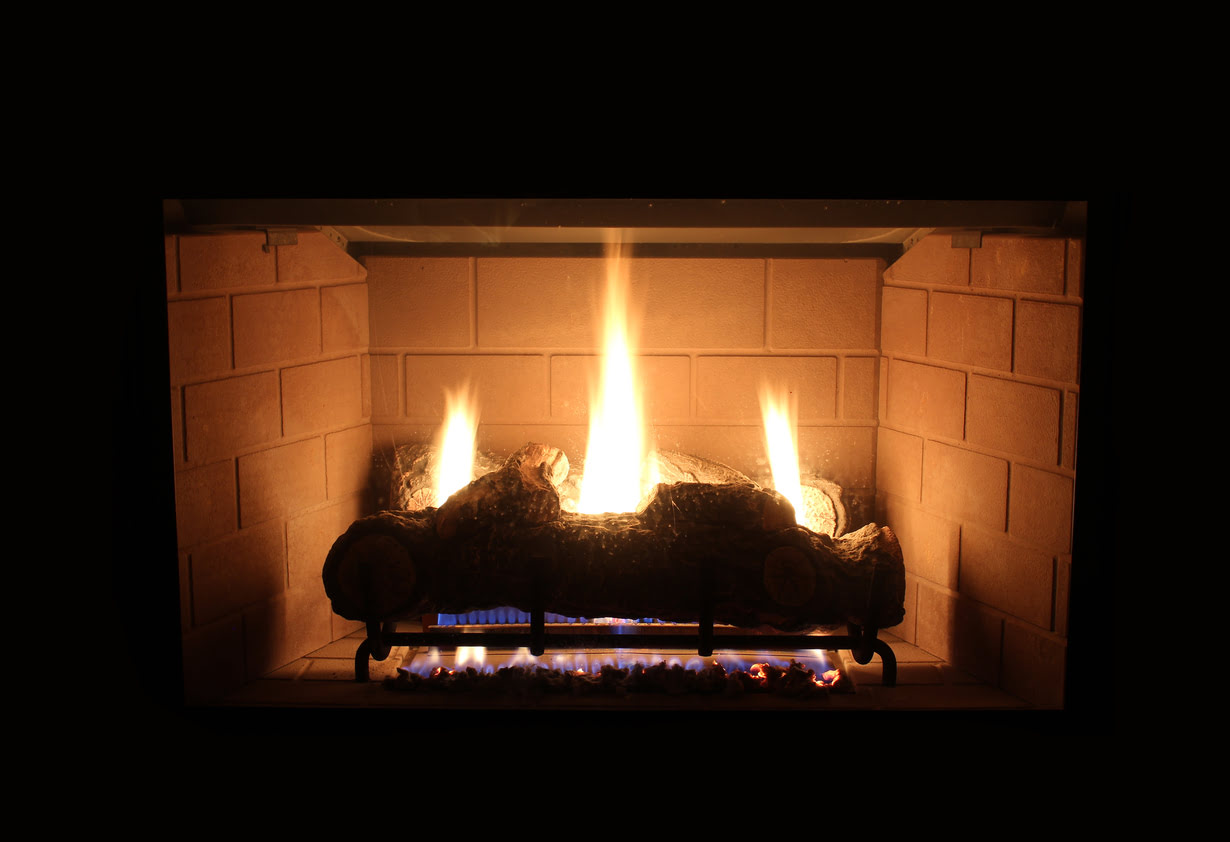
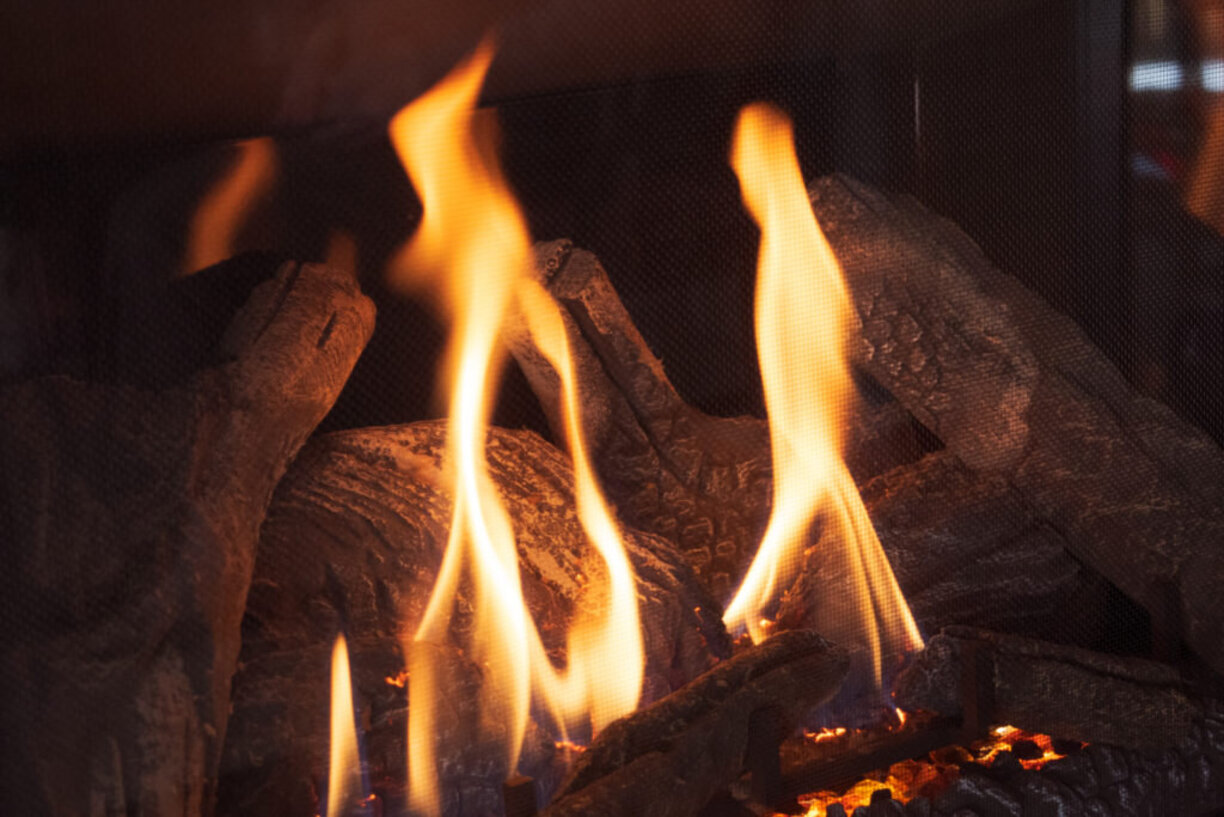
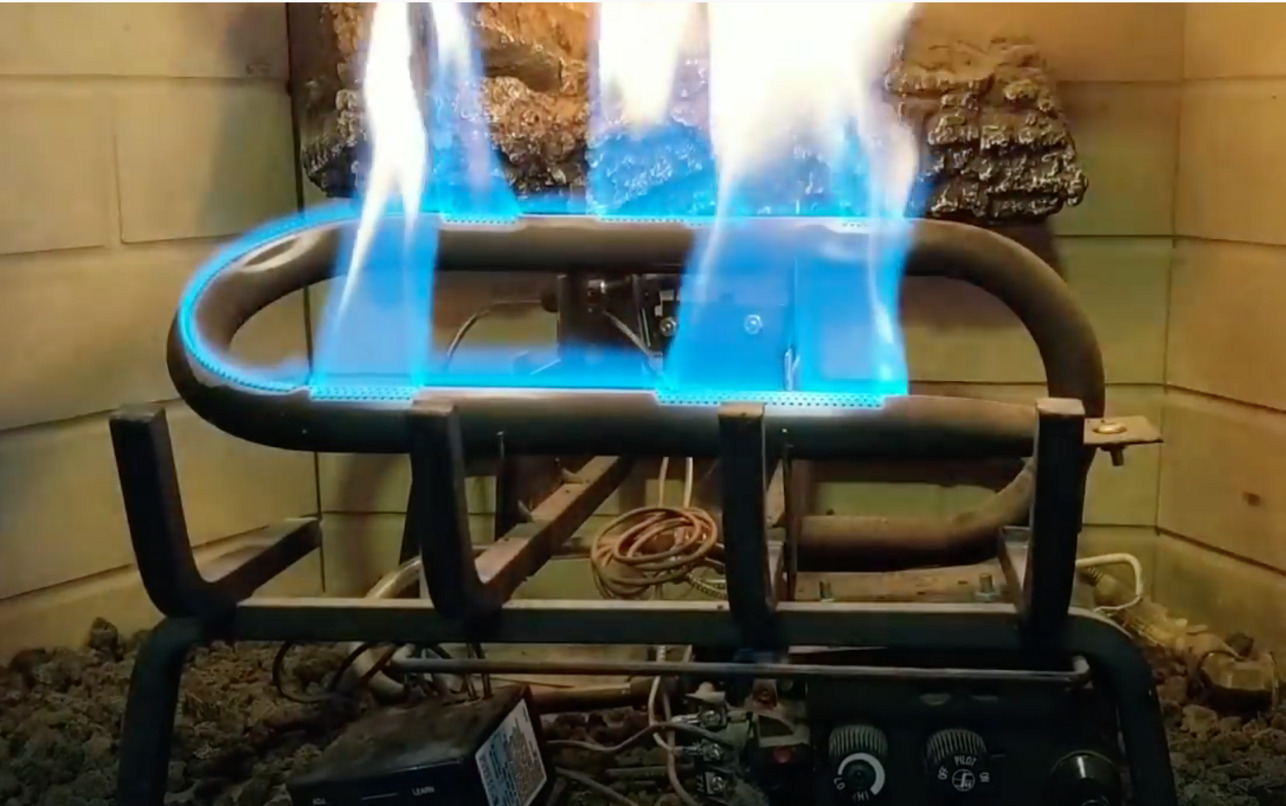
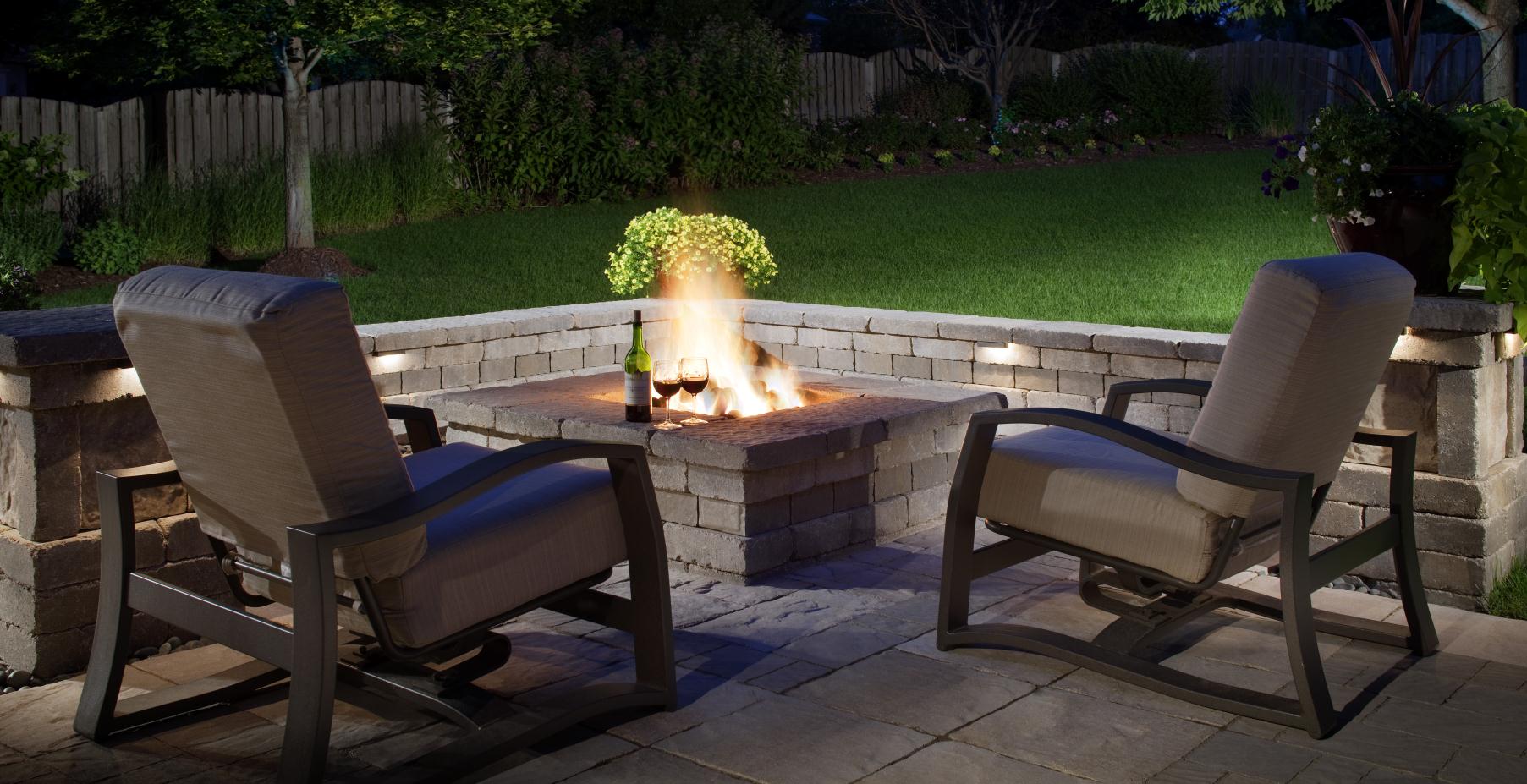
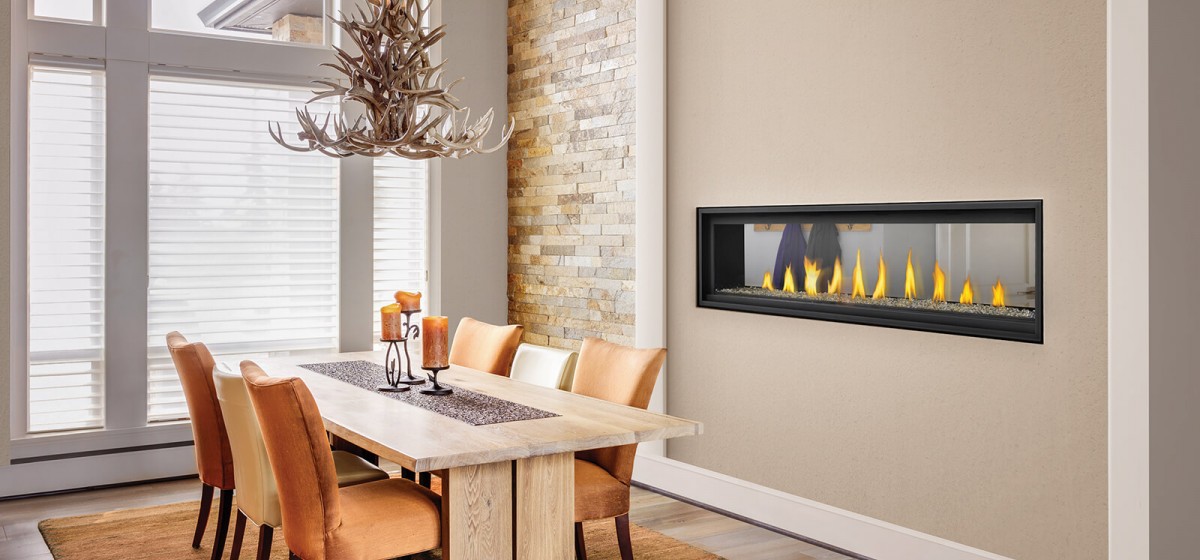
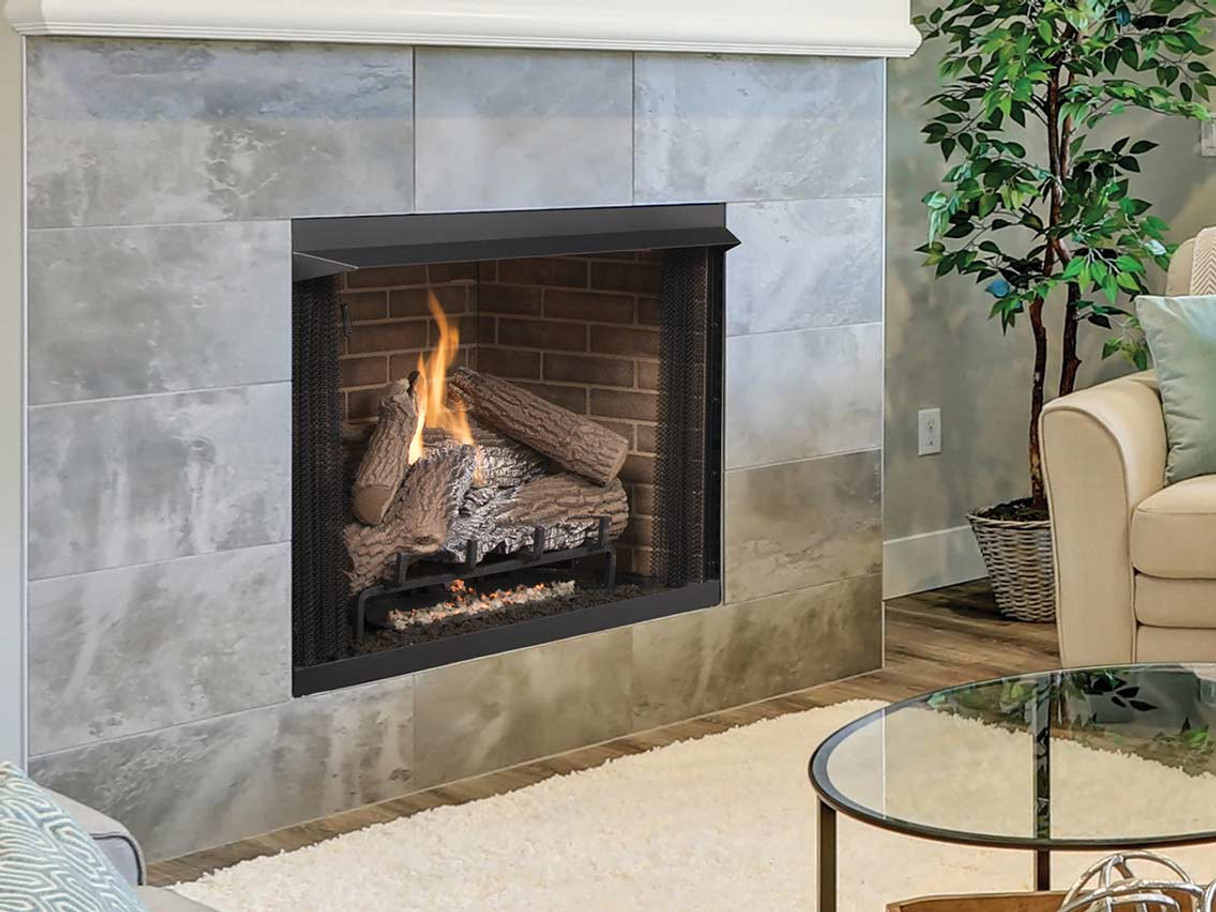
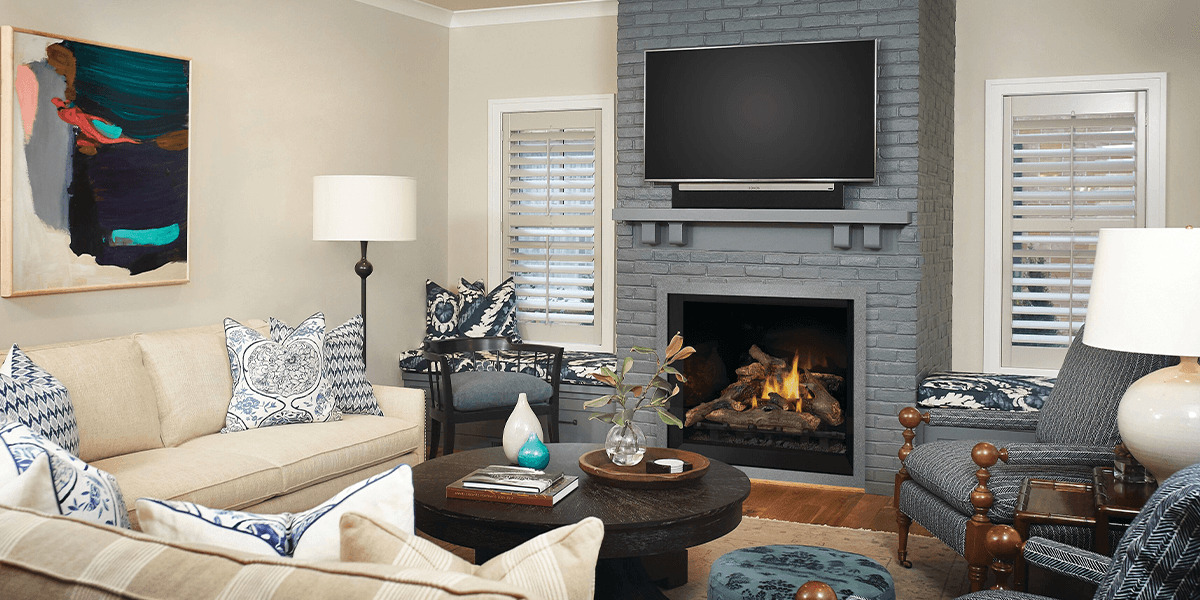
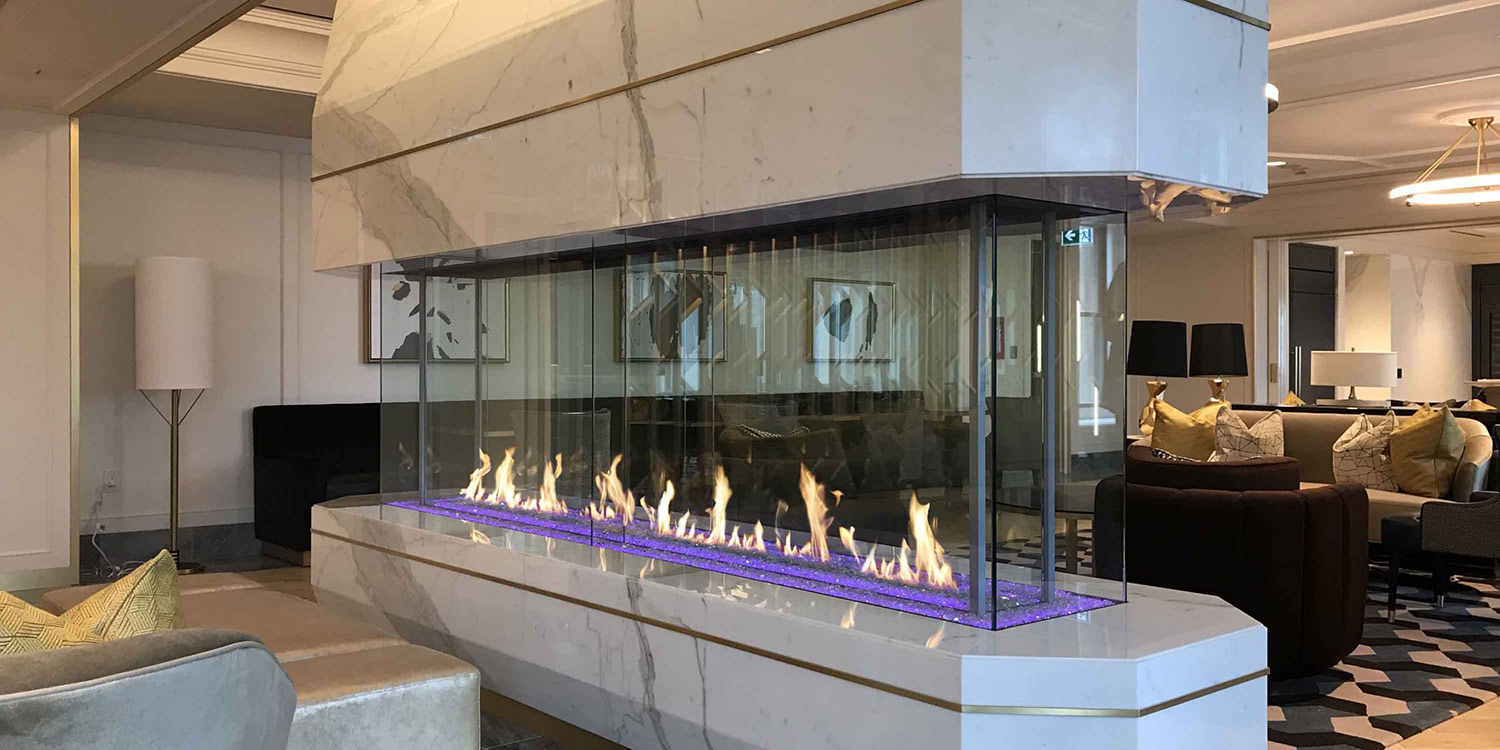
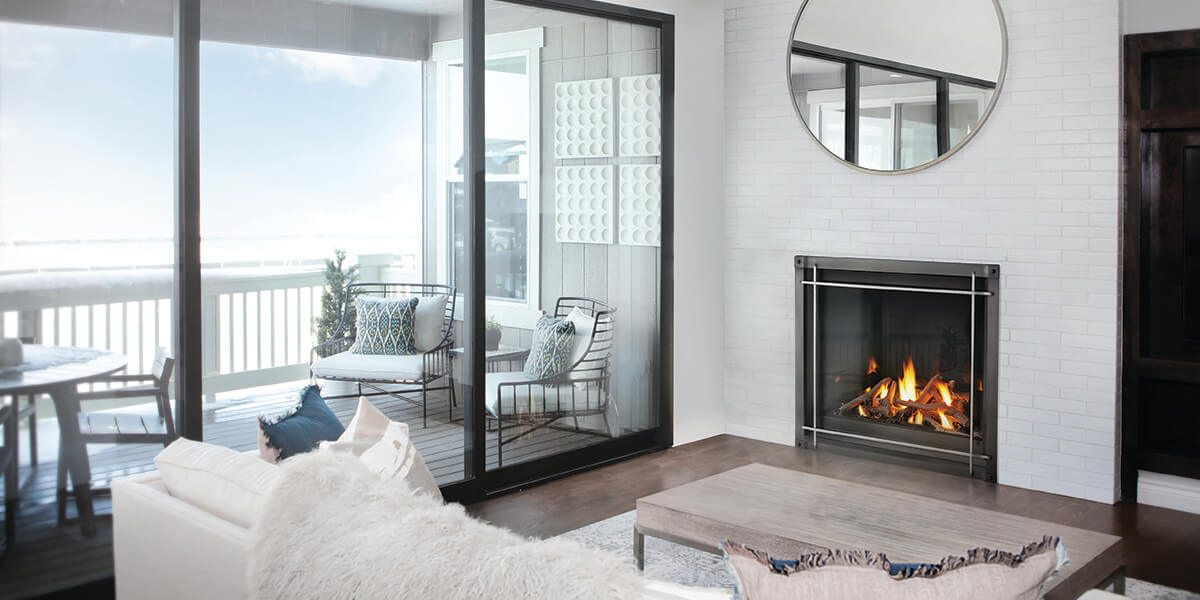
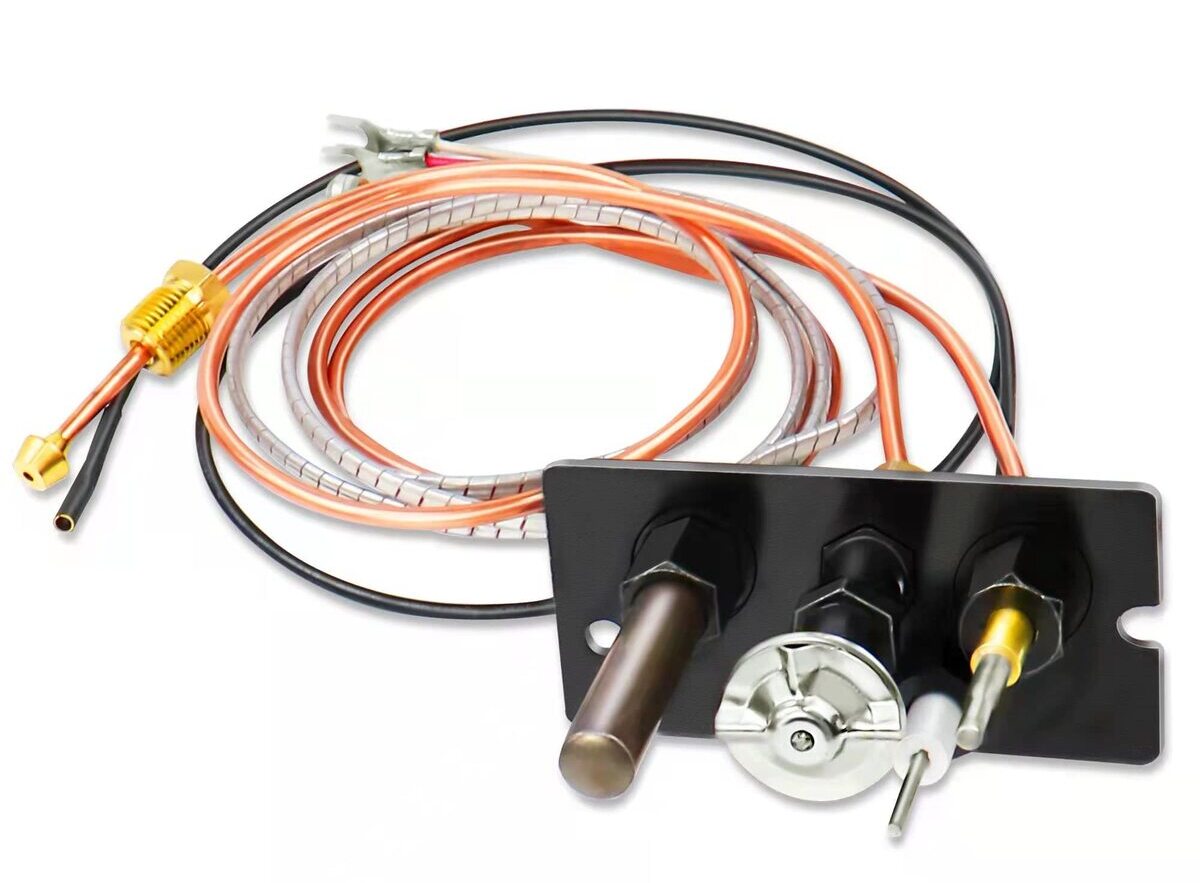
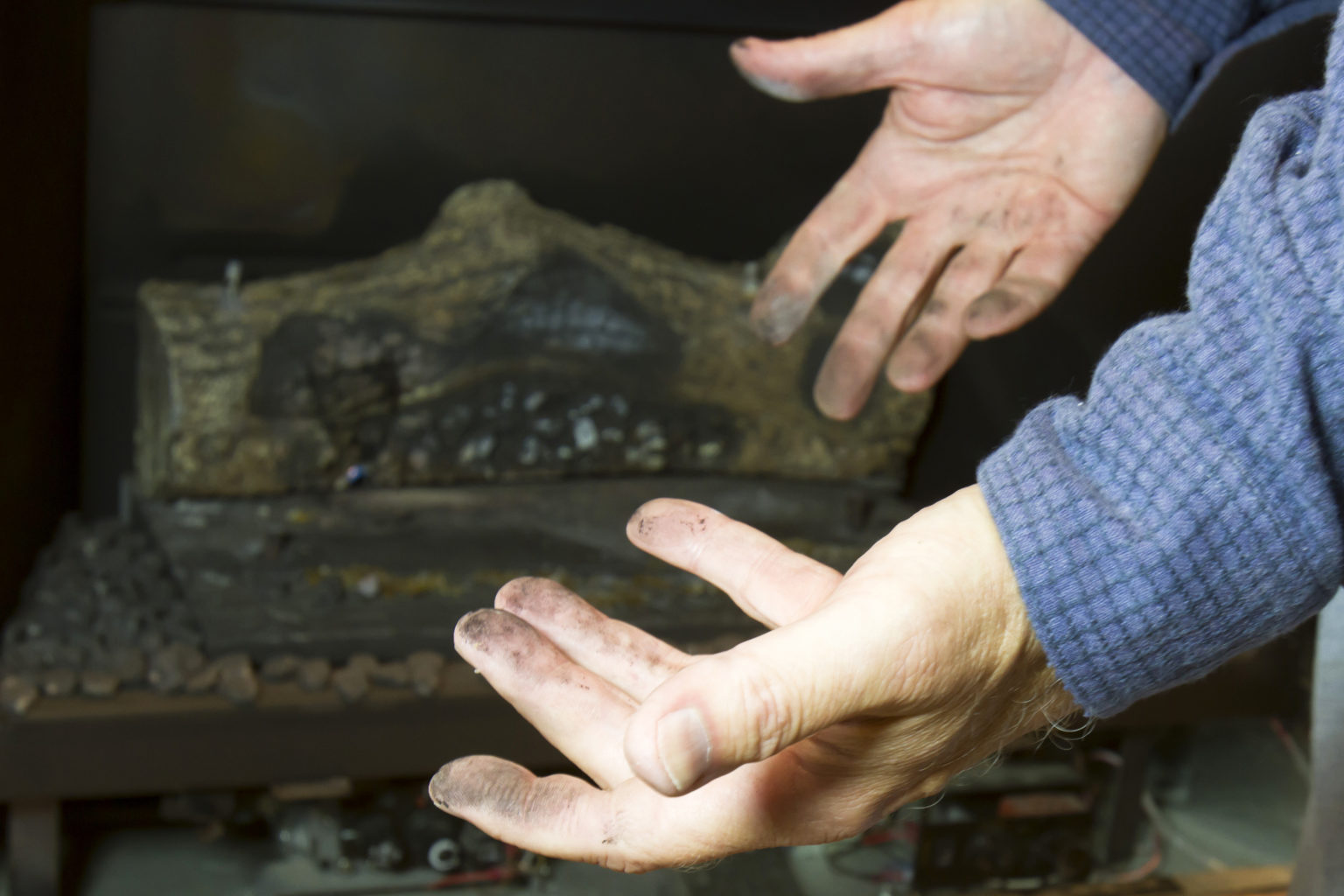
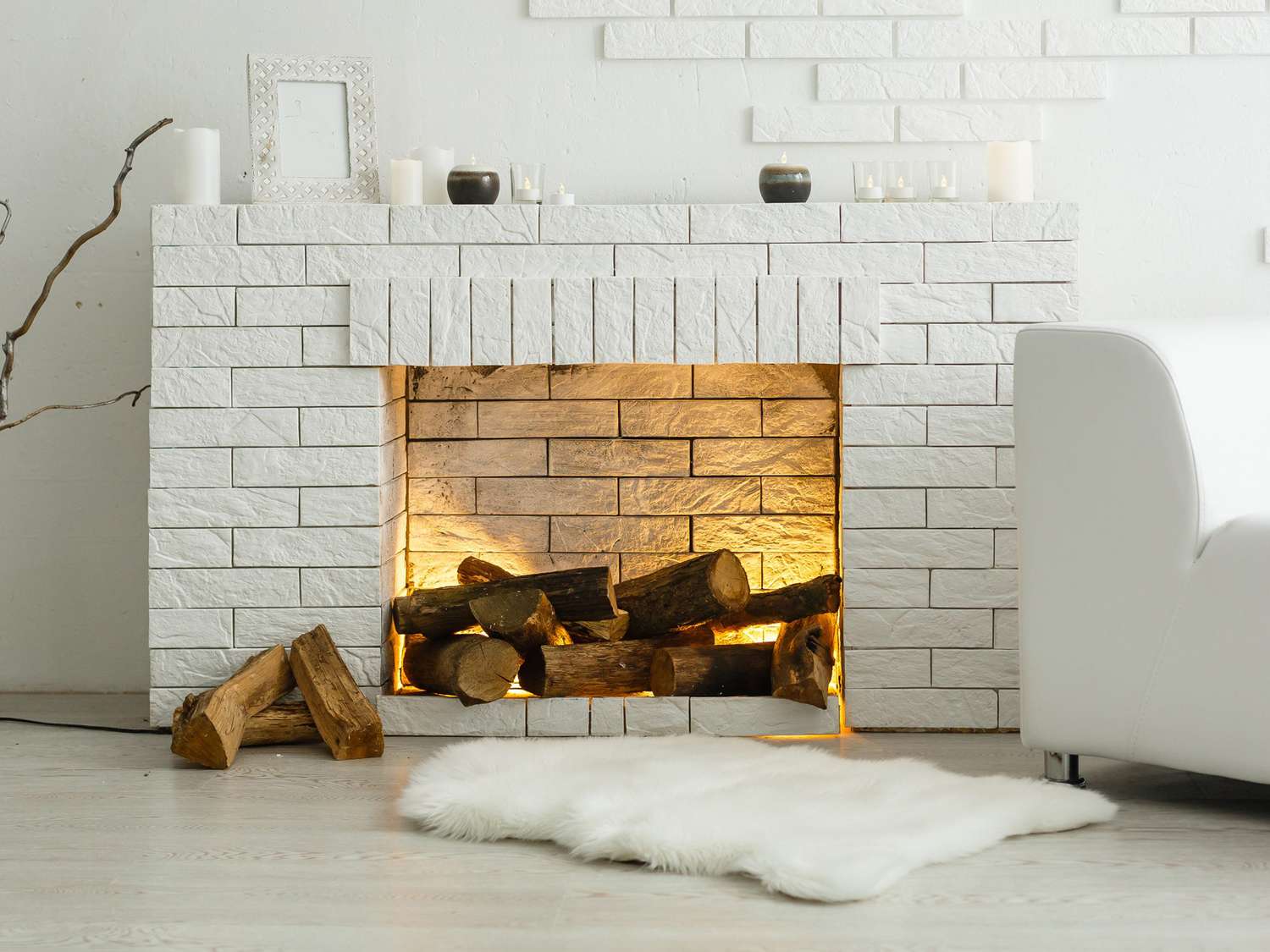
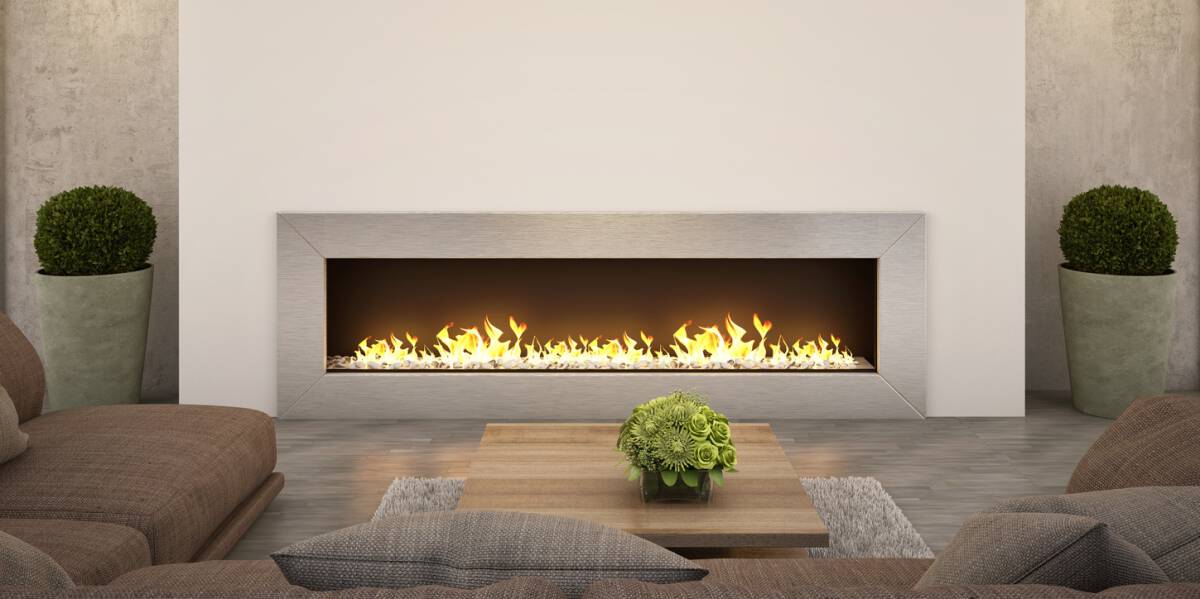
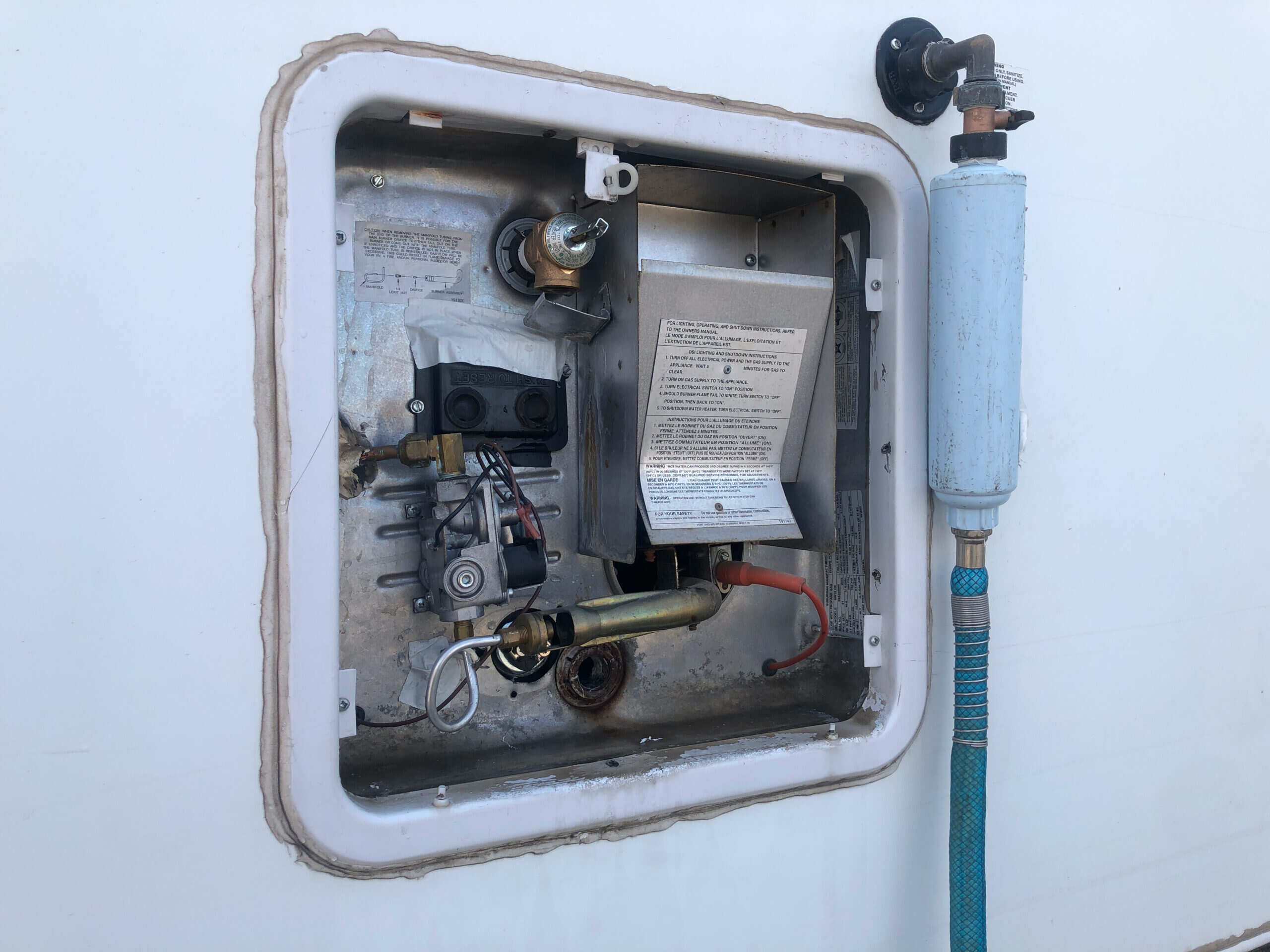

0 thoughts on “How To Clean A Pilot Light On Gas Fireplace”